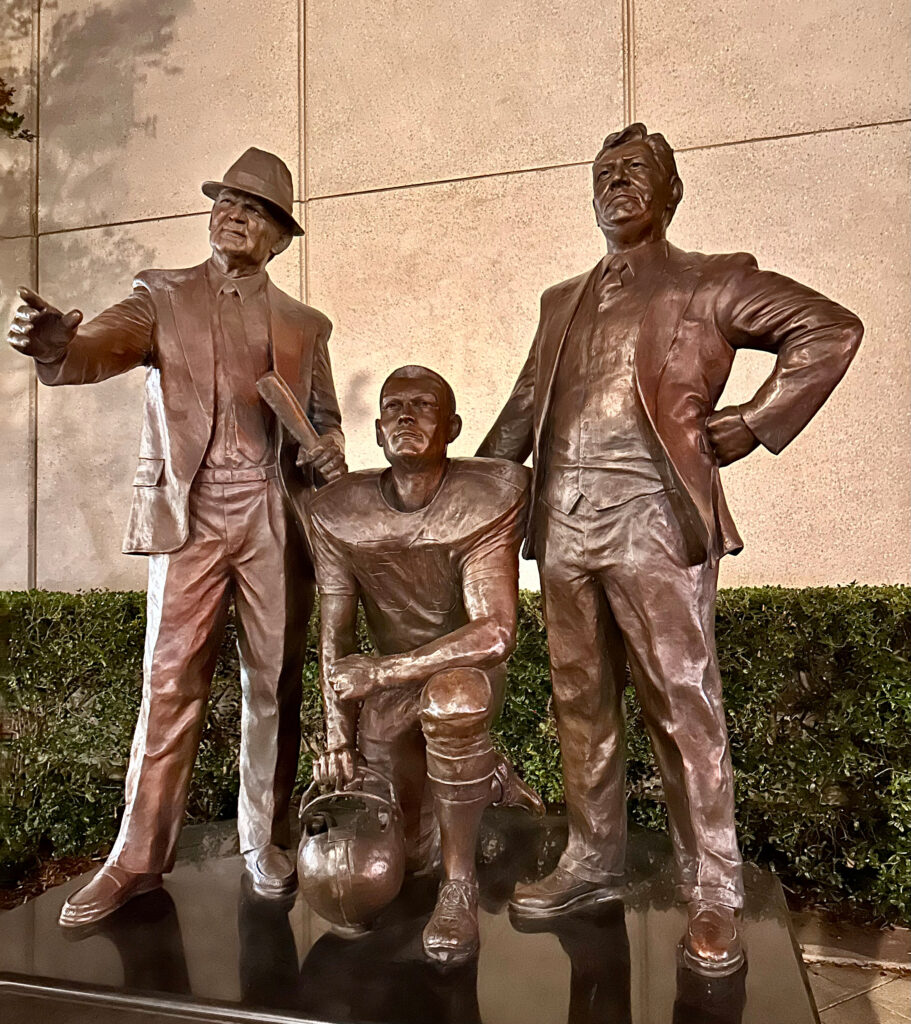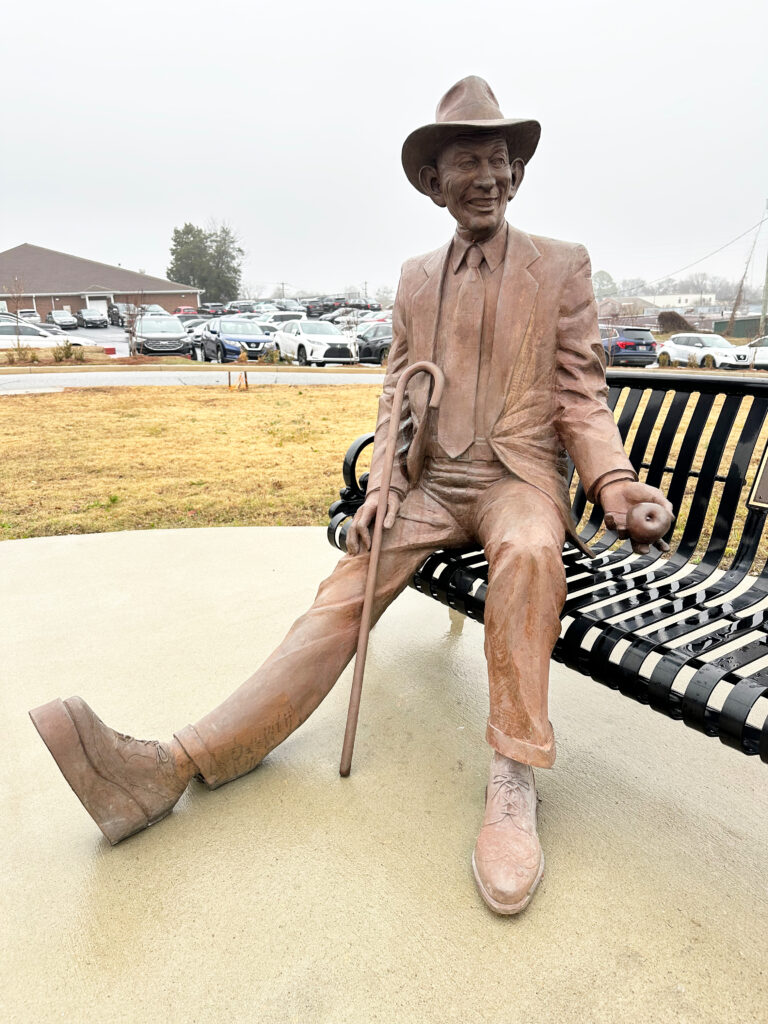
May 18, 1933: The TVA is Born
With the stroke of his pen on May 18, 1933, President Franklin D. Roosevelt created the Tennessee Valley Authority. Enabling legislation to create the new agency was part of FDR’s New Deal. During his fabled first 100 days in office, the newly inaugurated president passed more than a dozen landmark bills to blunt the effects of the Great Depression. Republican Sen. George Norris of Nebraska and Democratic Rep. Lister Hill of Alabama shepherded the bill through Congress with bipartisan support.
Years earlier, during World War I, a government nitrate plant and hydroelectric power facility at Wilson Dam in Muscle Shoals had demonstrated the potential for such a project on the mighty, but sometimes troublesome Tennessee River. The new president wanted to do more than simply reinvigorate Wilson Dam. Instead, he asked Congress to tap “the potential public usefulness of the entire Tennessee River.” He envisioned a new agency with broad powers to regulate the flow and navigability along the full length of the river; engage in resource management; and to produce inexpensive electrical power for the millions of people who lived in an 80,000-square-mile service region across the Southeast.
By 1939, more than half of TVA’s total power generation capacity came from Alabama’s Wilson, Wheeler and Guntersville dams. All across the Tennessee Valley, the lights came on. Agriculture, industry, commerce and recreation in the region benefitted greatly. When the U.S. entered World War II, the TVA’s resources — including phosphorous, nitrate and precious electrical power —all contributed to the Allied victory.
Today, nine decades after its creation, the TVA is a nation’s largest public power company. Few New Deal-era agencies have enjoyed a more lasting legacy.
– Scotty Kirkland
Longtime editor receives posthumous award

Darryl Gates, editor of Alabama Living magazine for nearly 30 years, was posthumously awarded the Lifetime Achievement Award from the national Statewide Editors Association during its March meeting in Atlanta. Accepting the award on behalf of their late husband and father were Martha Gates, Craig Gates and Scott Gates. “It was an honor to follow in his footsteps and I cannot think of another person more deserving of this recognition,” said Lenore Vickrey, vice president of communications for Alabama Rural Electric Association and editor of Alabama Living. Gates’ tenure from 1983 to 2012 saw the magazine transition from AREA Magazine, printed on newsprint, to Alabama Living, the full-color magazine it is today.
Whereville, AL

Identify and place this Alabama landmark and you could win $25! Winner is chosen at random from all correct entries. Multiple entries from the same person will be disqualified. Send your answer with your name, address and the name of your rural electric cooperative, if applicable. The winner and answer will be announced in the June issue.
Submit by email: [email protected], or by mail: Whereville, P.O. Box 244014, Montgomery, AL 36124.
Contribute a photo you took for an upcoming issue! Send a photo of an interesting or unusual landmark in Alabama, which must be accessible to the public. A reader whose photo is chosen will also win $25.

April’s answer: This statue commemorates the life and work of Alabama attorney and politician Albert Patterson, who was the Democratic nominee for state attorney general in the mid-1950s. At that time, Phenix City was called “Sin City” and was run by organized crime and corrupt politicians, which Patterson had pledged to clean up. The statue and bench, dedicated in 2020, sits across the street from the building that housed his law office and is just steps from where he was murdered on the evening of June 18, 1954. (Photo by Allison Law of Alabama Living.) The randomly drawn correct guess winner is Chad Simpson of Baldwin EMC.




